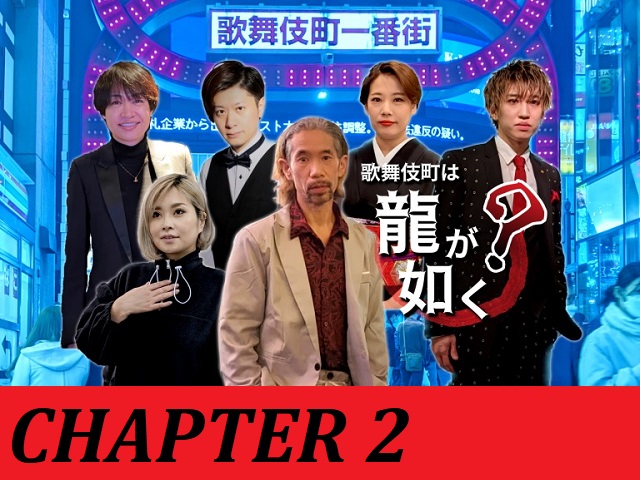
Mr. Sato continues his night out in Kabukicho, the real-world Kamurocho.
Recently our ace reporter, Mr. Sato, hit the streets to see if Kabukicho, the real-world Tokyo neighborhood that serves as the model for Kamurocho in Sega’s Yakuza/Ryu ga Gotoku/Like a Dragon video games series, is as dangerous as its video game counterpart. When we left off, Mr. Sato (dressed in his best Kiryu Kazama cosplay) had just finished Chapter 1: The Fate of Drunkards (as he decided to call the first stage of his investigative quest), and had been told by hostess bar mama Haruka that he should seek out a man named Naruse.
▼ Chapter 2: Towards the Gray Darkness
Following the directions Haruka had given him, Mr. Sato arrived at the Kabukicho Daikan Plaza Seiza Building.
The 10-story structure has some two-dozen drinking establishments inside of it, including a host club called Awake, and that’s where Mr. Sato was headed.
“I’m here to see Naruse,” Mr. Sato told the doorman, followed by “I’ll take a seat here and wait” once he was inside.
Mr. Sato spent a few moments admiring the décor, and then he heard a man’s voice say “I’d be happy to speak with you, Mr. Sato. That is your name, right?”
“I heard about you from Haruka, the mama at Club Haru. She said you wanted to ask me something?” Naruse said, easily flashing a welcoming smile with all the charm of a host club industry veteran.
“Yes. Tell me about Kabukicho,” Mr. Sato replied, adopting the broad yet straightforward conversational technique of a video game protagonist. Unfortunately, that’s not always the best communication style to use in real life, but Naruse handled the awkwardness with aplomb. “What sort of things would you like to know? I’m not sure where to start with just ‘Kabukicho.’”
“Ah, yeah, I guess not. Well, I’d like to know how Kabukicho was back in the old days,” Mr. Sato expanded, since Naruse has worked in the neighborhood for over 20 years. “I’m guessing that Kabukicho used to be a much more dangerous place than it is now.”
“I see,” Naruse said, adopting a pensive expression as he mentally looked back over that time.
Naruse: “If we’re talking about my line of work, back when I first started I’d say the hosts were harder partiers. They’d get really drunk sometimes, and it seemed like there was no end to fights between them.”
Mr. Sato: “Seriously? The hosts would get into fights with each other? Like, over stealing customers away from each other?”
Naruse: “Back in the day, most hosts were rough, thuggish guys. There were a lot of fights that started because of ‘urikake’ [credit sales].”
Mr. Sato: “Urikake?”
Naruse: “In the host industry, urikake is a system where, if the customer doesn’t have enough money to settle her bill at the end of the night, the host that was drinking with her pays off the rest of the balance. Then the customer is supposed to come back on a later date and pay back that amount. Sometimes, though, the customer wouldn’t have paid the amount back yet, but they’d find out she was drinking with a different host at a different bar, so then the hosts would get into it.”
Mr. Sato: “Ah, so the host who used his money to pay the customer’s bill, but hadn’t been paid back, would get upset.”
Naruse: “Right. Sometimes they’d be out on the street and see the customer walking around with a different host, and they’d confront them and say ‘Give me my money.’ Really, though, it’s the customer who’s causing the problem. Recently though there are hardly any hosts who start fights like that.”
Mr. Sato: “It sounds like it was a rougher era.”
Naruse: “Speaking of that, hosts used to go out on the street and tout for their clubs” [This practice is now prohibited in Kabukicho]
Mr. Sato: “Oh, yeah, I remember seeing a lot of hosts gathered in front of the Don Quijote store at the entrance to Kabukicho. People called them ‘the crows.’”
Naruse: “Don Quijote was like a battleground. Hosts would claim territory there, and if a new host showed up and started touting, there’d be fights. You’d also see tough guys purposely walk through the crowd with their date, and if a host talked to her, they’d get up in their face and say, ‘The hell you think you’re doing to my girl, huh?’”
Mr. Sato: “Whoa. Sounds like Kabukicho was a seriously sketchy place. So are things safer now?”
Naruse: “Hmm. Well, the dangerous parts were really noticeable, but that made them easy to spot too. There were strict rules about how people conducted themselves, but as long as you followed them, you usually wouldn’t run into any trouble. When there were fights, there was a certain amount of justification to them, and it was an era of a kind of masculine logic.”
Mr. Sato: “But now?”
Naruse: “It’s harder to spot where the danger comes from. I hear about people getting sucker punched, or getting doxed on social media as part of a beef. It feels like because there aren’t so many physically intimidating guys running around, some people go way overboard.”
Mr. Sato: “Instead of the safe and dangerous parts being easy to differentiate, it’s gotten gray, huh?”
Naruse: “Yeah, that’s my impression…Hey, if you want to hear some wild stories, there’s someone named Saito who’d have some for you.”
And so Mr. Sato saved his progress, and we’ll be back soon with Chapter 3: Crazy Town.
Related: Awake
Address: Tokyo-to, Shinjuku-ku, Kabuki-cho 1-2-7, basement level 1
Open 7 p.m.-midnight
Website
Photos ©SoraNews24
● Want to hear about SoraNews24’s latest articles as soon as they’re published? Follow us on Facebook and Twitter!
[ Read in Japanese ]

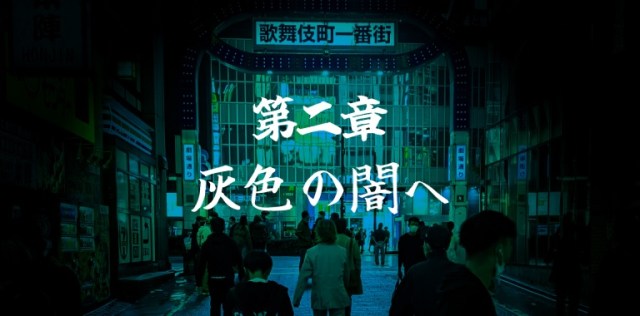
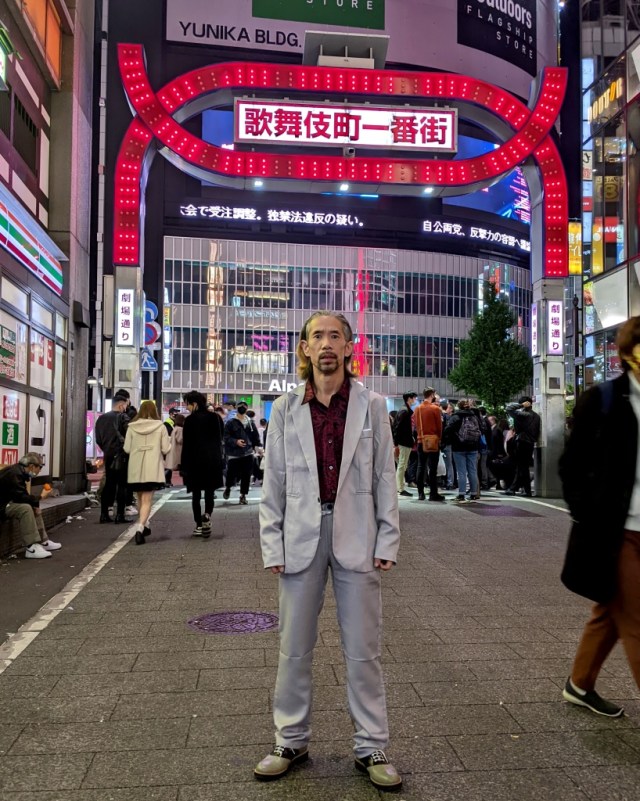

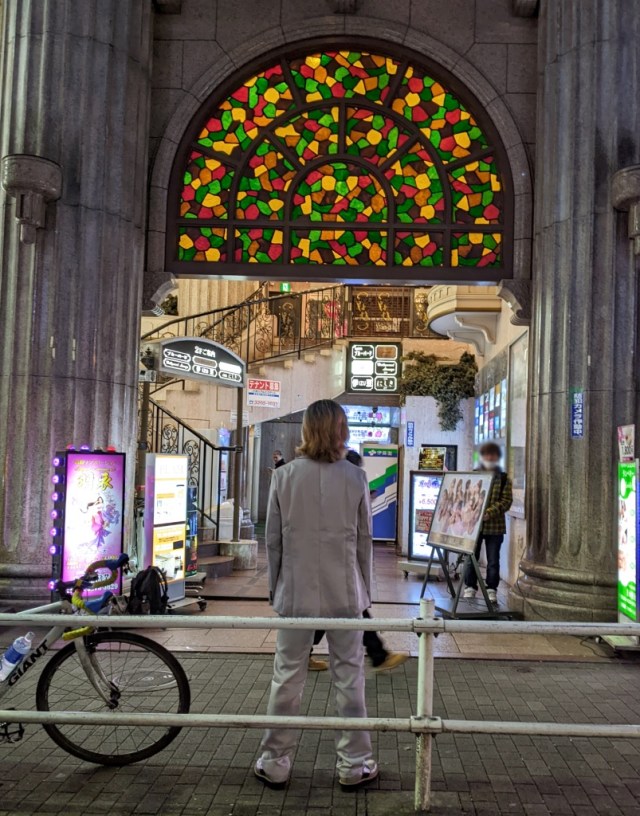
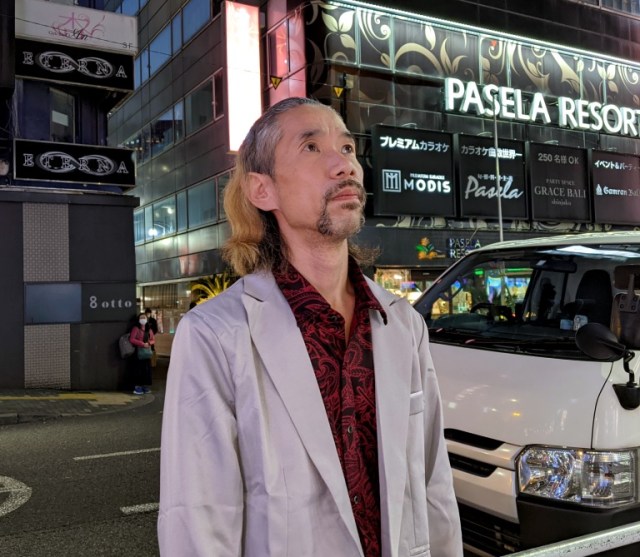
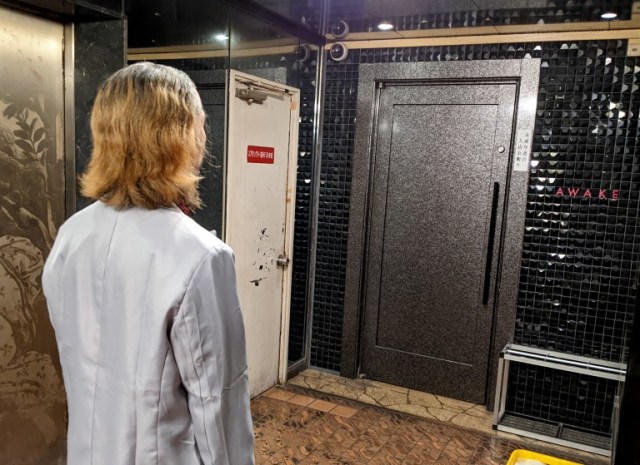
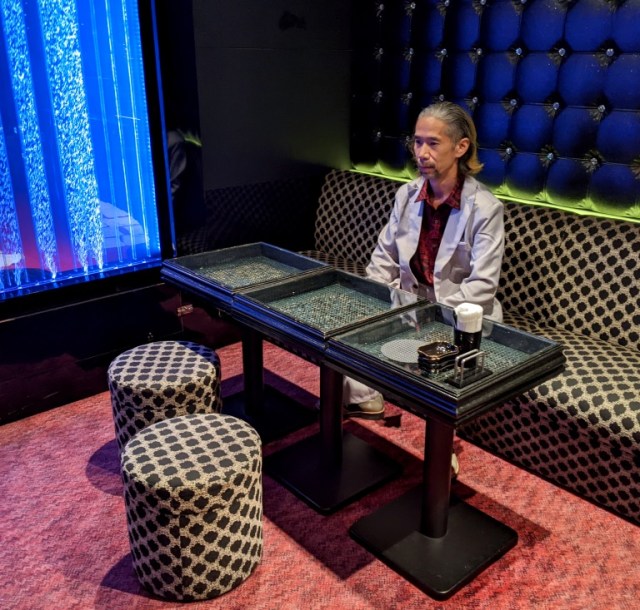
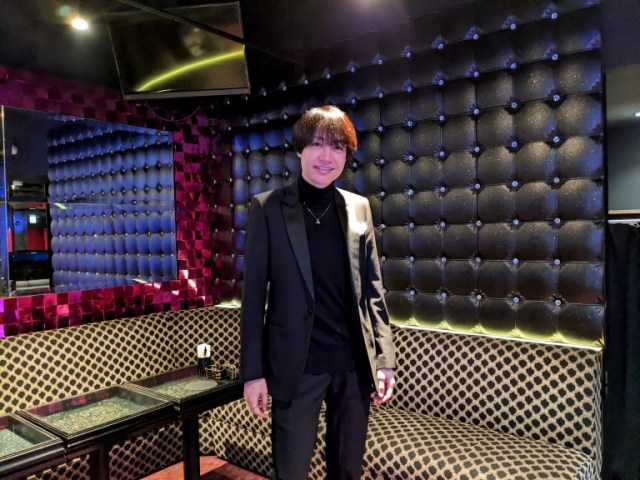
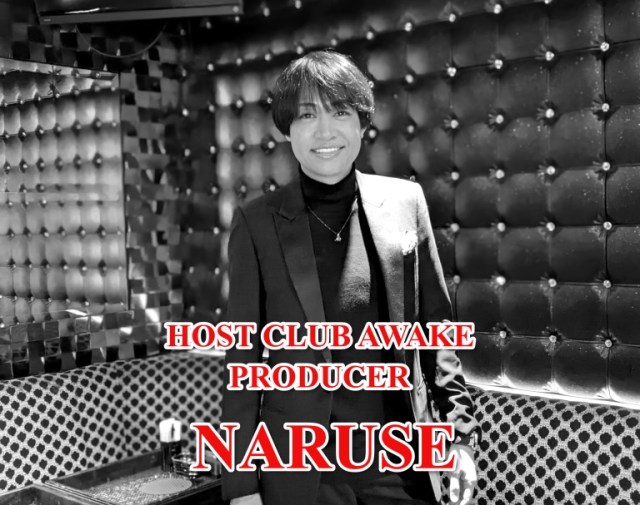
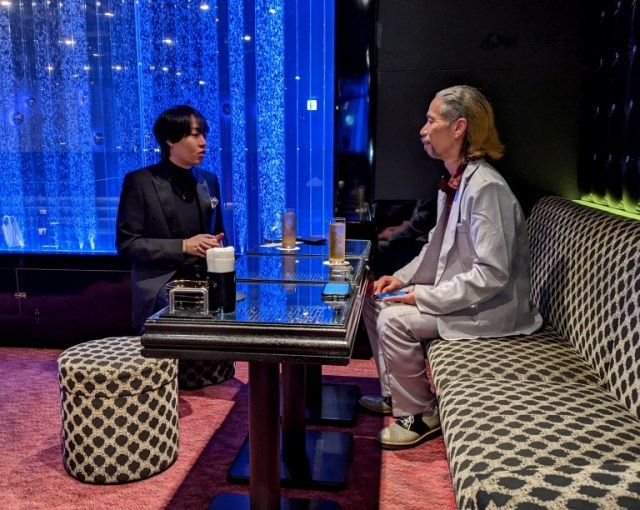

 Is real Tokyo as dangerous as the Yakuza video games? Chapter 4: Not Like a Dragon
Is real Tokyo as dangerous as the Yakuza video games? Chapter 4: Not Like a Dragon Is real Tokyo as dangerous as the Yakuza video games? Chapter 3: Crazy Town
Is real Tokyo as dangerous as the Yakuza video games? Chapter 3: Crazy Town Is Tokyo’s real-world Kamurocho as dangerous as the Yakuza games’ setting? Mr. Sato investigates
Is Tokyo’s real-world Kamurocho as dangerous as the Yakuza games’ setting? Mr. Sato investigates Why don’t hosts in Kabukicho approach our female reporter any more?
Why don’t hosts in Kabukicho approach our female reporter any more? Foreign tourist comes to Japan hoping to see yakuza from Yakuza video game series
Foreign tourist comes to Japan hoping to see yakuza from Yakuza video game series Hayao Miyazaki says Happy New Year to Studio Ghibli fans with new art for Year of the Horse
Hayao Miyazaki says Happy New Year to Studio Ghibli fans with new art for Year of the Horse Pizza Hut Japan’s hot lucky bags are perfect for a New Year’s pizza party
Pizza Hut Japan’s hot lucky bags are perfect for a New Year’s pizza party Uniqlo Ukiyo-e Blue T-shirts: A cool-hued reinterpretation of some of Japan’s greatest paintings
Uniqlo Ukiyo-e Blue T-shirts: A cool-hued reinterpretation of some of Japan’s greatest paintings Inakaya Denim jeans are the latest farm-fresh Japanese-inspired fashion item
Inakaya Denim jeans are the latest farm-fresh Japanese-inspired fashion item Visiting Hokkaido’s adorable and awesome Asahikawa rice paddy art【Photos】
Visiting Hokkaido’s adorable and awesome Asahikawa rice paddy art【Photos】 Osaka teen arrested for hacking into Internet cafe’s app to steal data, was helped by Chat-GPT
Osaka teen arrested for hacking into Internet cafe’s app to steal data, was helped by Chat-GPT Turns out you can draw all four original starter Pokémon with just three colored pencils【Video】
Turns out you can draw all four original starter Pokémon with just three colored pencils【Video】 The best Starbucks Japan Frappuccinos we want to drink again in 2026
The best Starbucks Japan Frappuccinos we want to drink again in 2026 Mr. Sato accosts award-winning actor Hideaki Ito【Interview】
Mr. Sato accosts award-winning actor Hideaki Ito【Interview】 We revisited Sweets Paradise after a decade to see if Japan’s dessert buffet still delivers
We revisited Sweets Paradise after a decade to see if Japan’s dessert buffet still delivers Starbucks Japan ready to get Year of the Horse started with adorable drinkware and plushies【Pics】
Starbucks Japan ready to get Year of the Horse started with adorable drinkware and plushies【Pics】 Cyberpunk anime meets traditional culture in Ghost in the Shell gold leaf Japanese changing screens
Cyberpunk anime meets traditional culture in Ghost in the Shell gold leaf Japanese changing screens 7 great places to see Mt. Fuji from without having to climb it
7 great places to see Mt. Fuji from without having to climb it Hello Kitty Choco Egg figures are an adorable trip through three periods of Japanese pop culture【Pics】
Hello Kitty Choco Egg figures are an adorable trip through three periods of Japanese pop culture【Pics】 7-Eleven Japan’s ramen-cooking robot whipped us up a bowl of noodles【Taste test】
7-Eleven Japan’s ramen-cooking robot whipped us up a bowl of noodles【Taste test】 We found possibly the quietest Japanese-style hotel in Tokyo’s bustling Shinjuku district
We found possibly the quietest Japanese-style hotel in Tokyo’s bustling Shinjuku district Japan’s otoshidama tradition of giving kids money at New Year’s gets a social welfare upgrade
Japan’s otoshidama tradition of giving kids money at New Year’s gets a social welfare upgrade Sumo Sanrio! Hello Kitty and pals team up with Japan Sumo Association for new merch【Pics】
Sumo Sanrio! Hello Kitty and pals team up with Japan Sumo Association for new merch【Pics】 More Than a Capsule Stay: Why Solo Travelers Choose “global cabin Yokohama Chinatown”
More Than a Capsule Stay: Why Solo Travelers Choose “global cabin Yokohama Chinatown” Japan’s oldest largetooth sawfish in captivity back on display in Mie Prefecture
Japan’s oldest largetooth sawfish in captivity back on display in Mie Prefecture 7-Eleven Japan starts new temporary luggage storage service in over 300 branches
7-Eleven Japan starts new temporary luggage storage service in over 300 branches Disillusionment at Tsukiji’s tourist-target prices led us to a great ramen restaurant in Tokyo
Disillusionment at Tsukiji’s tourist-target prices led us to a great ramen restaurant in Tokyo Starbucks teams up with 166-year-old Kyoto doll maker for Year of the Horse decorations【Photos】
Starbucks teams up with 166-year-old Kyoto doll maker for Year of the Horse decorations【Photos】 Tokyo considering law requiring more trash cans following litter increase in heavily touristed area
Tokyo considering law requiring more trash cans following litter increase in heavily touristed area Tokyo’s Tsukiji sushi neighborhood asks tour groups to stay away for the rest of the month
Tokyo’s Tsukiji sushi neighborhood asks tour groups to stay away for the rest of the month Tokyo event lets you travel back in time, for free, to celebrate 100 years since Showa era start
Tokyo event lets you travel back in time, for free, to celebrate 100 years since Showa era start Sanrio theme park in Japan announces plans to expand into a Sanrio resort
Sanrio theme park in Japan announces plans to expand into a Sanrio resort Japan may add Japanese language proficiency, lifestyle classes to permanent foreign resident requirements
Japan may add Japanese language proficiency, lifestyle classes to permanent foreign resident requirements Stamina-destroying “Paralysis Noodles” are Tokyo’s newest over-the-top ramen innovation
Stamina-destroying “Paralysis Noodles” are Tokyo’s newest over-the-top ramen innovation Survey asks foreign tourists what bothered them in Japan, more than half gave same answer
Survey asks foreign tourists what bothered them in Japan, more than half gave same answer Japan’s human washing machines will go on sale to general public, demos to be held in Tokyo
Japan’s human washing machines will go on sale to general public, demos to be held in Tokyo Japan’s deadliest food claims more victims, but why do people keep eating it for New Year’s?
Japan’s deadliest food claims more victims, but why do people keep eating it for New Year’s? We deeply regret going into this tunnel on our walk in the mountains of Japan
We deeply regret going into this tunnel on our walk in the mountains of Japan Studio Ghibli releases Kodama forest spirits from Princess Mononoke to light up your home
Studio Ghibli releases Kodama forest spirits from Princess Mononoke to light up your home Major Japanese hotel chain says reservations via overseas booking sites may not be valid
Major Japanese hotel chain says reservations via overseas booking sites may not be valid Put sesame oil in your coffee? Japanese maker says it’s the best way to start your day【Taste test】
Put sesame oil in your coffee? Japanese maker says it’s the best way to start your day【Taste test】 No more using real katana for tourism activities, Japan’s National Police Agency says
No more using real katana for tourism activities, Japan’s National Police Agency says Starbucks Japan reveals new sakura drinkware collection, inspired by evening cherry blossoms
Starbucks Japan reveals new sakura drinkware collection, inspired by evening cherry blossoms Updated cherry blossom forecast shows extra-long sakura season for Japan this year
Updated cherry blossom forecast shows extra-long sakura season for Japan this year How does Japan feel about a Hollywood adaptation of the Yakuza video game series?
How does Japan feel about a Hollywood adaptation of the Yakuza video game series? Why is there a wrestling ring in the Underground Arena fighting bar in Kabukicho?
Why is there a wrestling ring in the Underground Arena fighting bar in Kabukicho? A visit to the real-world Like a Dragon/Yakuza cabaret in Osaka【Photos】
A visit to the real-world Like a Dragon/Yakuza cabaret in Osaka【Photos】 Our Japanese writers audition for upcoming Yakuza 6 game, get sexy pictures taken
Our Japanese writers audition for upcoming Yakuza 6 game, get sexy pictures taken How to throw off your suit and shirt like a Like a Dragon tough guy, starring Mr. Sato【Videos】
How to throw off your suit and shirt like a Like a Dragon tough guy, starring Mr. Sato【Videos】 Yakuza vending machines coming to real-world Tokyo neighborhood that inspired Like a Dragon games
Yakuza vending machines coming to real-world Tokyo neighborhood that inspired Like a Dragon games Tokyo Game Show — Cosplay dreams broken, Mr. Sato heads to the Like a Dragon/Yakuza booth anyway
Tokyo Game Show — Cosplay dreams broken, Mr. Sato heads to the Like a Dragon/Yakuza booth anyway Yakuza video game even in Japan allows fans to both marry and divorce their 2-D crushes
Yakuza video game even in Japan allows fans to both marry and divorce their 2-D crushes A Tokyo host club can be a great place for a GUY to drink
A Tokyo host club can be a great place for a GUY to drink We visit a new Tokyo bar where nobody speaks and writing is the only way to communicate
We visit a new Tokyo bar where nobody speaks and writing is the only way to communicate Random man attempts to punch female reporter on Tokyo street【Video】
Random man attempts to punch female reporter on Tokyo street【Video】
Leave a Reply